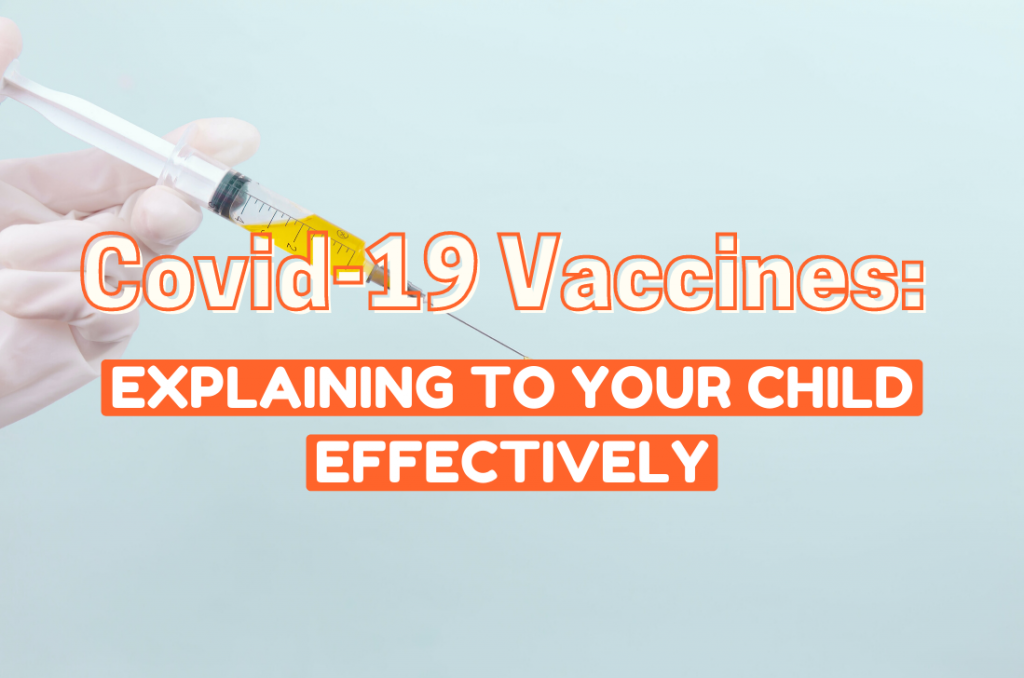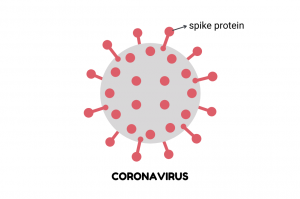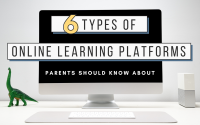Covid-19 Vaccines: How To Explain To Your Child Effectively?
What are vaccines? How do vaccines work?
These are, perhaps, some of the questions your child have asked you recently while the COVID-19 vaccination programme is being rolled out.
Since Circuit Breaker was announced in Singapore in April 2020, we have certainly come far in terms of taking safe management measures to keep the virus in check and adapting to the new normal. As more and more people around us are getting vaccinated, we hope that this guide can come in handy in helping you and your child better understand how vaccines work.

Pathogens
Before we talk about vaccines and viruses, let us first understand the term “pathogen“. Pathogens are disease-causing organisms, which can include:
- Bacteria
- Viruses
- Parasites
- Fungi
On the surfaces of these pathogens, you can find protein parts called antigens. When a pathogen enters the human body, the body’s immune system recognises the antigens found on the pathogen and this triggers the production of antibodies. This process is called the immune response.
Antibodies
Think of the antibodies as soldiers protecting our bodies. They work to prevent us from catching diseases by destroying pathogens that have entered our bodies. Each antibody recognises one specific antigen, which means that we have many different antigen-specific antibodies in us!
When a new or unfamiliar pathogen enters the body, the immune response does not happen immediately. It will take a while for the immune system to recognise and produce antigen-specific antibodies that target the new pathogen. During this period, the person will be susceptible to catching the disease as the pathogen starts infecting cells in the body. This is also the reason why we have antibody-producing memory cells.

Memory cells
Just like what their name suggests, memory cells will remember the pathogens that have entered our bodies. They are a type of white blood cells that are produced along with the antibodies during immune responses. Memory cells continue to exist in the body even when the invading pathogens have been destroyed.
If a previously-encountered pathogen enters the body again, the specific memory cells can quickly recognise and produce antibodies to fight the pathogen. The immune response is significantly faster and this reduces the chances of the person catching the disease caused by the pathogen.
Vaccines
Now that we have covered the background knowledge, let us try to understand how vaccines work. Unlike the usual form of medicines that we take when we fall sick, vaccines are taken to prevent us from falling sick by providing immunity towards diseases.
A vaccine contains a weakened or inactive form of the pathogen itself or an antigen (from the pathogen) that will trigger an immune response once injected into the body without causing any disease. If the actual pathogen enters the body, the immune system can act quickly to produce antigen-specific antibodies to fight against it.
Under the National Childhood Immunisation Programme (NCIP), children in Singapore are encouraged to get themselves vaccinated against 12 diseases that include tuberculosis and Hepatitis B. You can check out the immunisation schedule here.
Types of Covid-19 Vaccines
In terms of Covid-19 vaccines, the following are the common types in use. Generally, all these vaccines involve making use of the spike protein (the antigen) found on the surface of the coronavirus to trigger the production of antigen-specific antibodies.

1. Messenger RNA (mRNA) vaccines
mRNA vaccines are the more advanced form of vaccines. These vaccines contain mRNA (a single-stranded RNA molecule) that carries instructions to produce the spike protein. When injected into the body, the spike protein is manufactured and detected by our immune system. This triggers an immune response and antibodies are produced. Once the spike protein is made, the mRNA will be broken down without interfering with our body’s own DNA. The Pfizer-BioNTech and Moderna vaccines used in Singapore’s vaccination programme are mRNA vaccines.
Want to learn more about RNA? Let our Biology teacher, Mr Roy Teo, explain how RNA is involved in protein synthesis.
2. Protein-based vaccines
Such vaccines contain spike proteins manufactured in the laboratory. They are non-infectious components of the coronavirus, so they will trigger an immune response without causing any disease.
3. Vector vaccines
The viral vector vaccine, which uses a harmless version of another virus (called the “vector”) that is combined with the genetic code for producing the spike protein. Cells infected with these vectors are instructed to manufacture the antigen, thereby triggering an immune response.
Here is a more in-depth explanation of how vectors work.
In a nutshell, vaccination is important in preventing us from catching diseases. It can also help us achieve herd immunity when more people become immune to an infectious disease, which will reduce and slow down the spread of the disease within the community.
As we all know, prevention is better than cure. When we get vaccinated, not only are we protecting ourselves but also the people around us.



